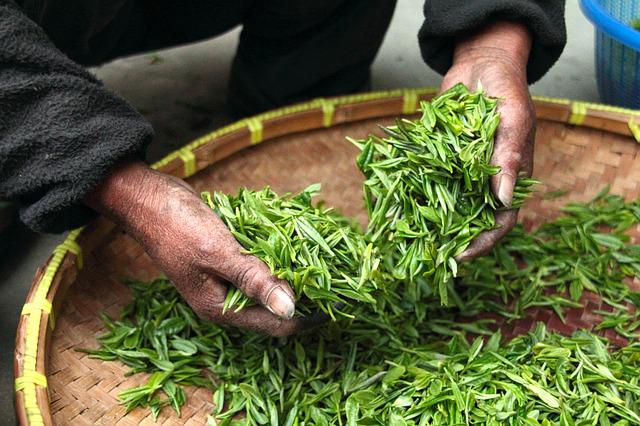
An agrarian reform is a process that aims to establish changes in the ownership and methods of land production.
The verb reform indicates the action of redoing, modifying, amending or reforming something . The action and effect of reforming (or reforming), on the other hand, is called reform .
Agrarian is what belongs to or relates to the field . The term is also used to refer to policy that defends the interests of the agricultural sector.
What is agrarian reform
The fusion of these concepts in that of agrarian reform is used to talk about the set of economic, social, political and legislative measures that serve to modify the structure of land ownership and production . These reforms try to prevent the distribution of land from being in the hands of a few; because in that case, the owners ( latifundistas ) can speculate on its value and do not necessarily encourage its productive use.
The objective of agrarian reform, in this way, is to replace the social class of large landowners with a class of medium and small farmers , each one owning their own portion of land to work on. To achieve this, it is necessary to change land ownership from the few large landowners to the many small producers.
This can be done through expropriation (the property is taken from the landowners without any type of compensation) or through compensatory mechanisms (the landowners are required to part with their land, but are given something in exchange). Most Latin American countries, in general, have promoted some type of agrarian reform throughout their history.

The objective of agrarian reform is to eliminate large estates and favor small and medium farmers.
Its phases
The agrarian reform was made up of many phases, which took place at different times in history; In turn, within each phase there were various significant events . Broadly speaking, there are three important stages , which are:
First phase: Consequence of the bourgeois revolutions. After the revolutions that took place in Western Europe, there were many changes in societies that drove improvements to daily life. One of them was linked to the structure of land distribution , and several agrarian reform processes took place. In this first phase, the peasants of the humble class opposed the hegemony of the landowners and managed to obtain land to exploit for themselves.
Second phase : End of the First World War . A revolution led by peasants arose in Russia under the motto "land, bread and freedom", which was a consequence of that initiated previously in other European countries such as England and France. And it spread to other countries.
Third phase : End of World War II. After the second war and after the defeat of Japan, a series of revolts took place in this country that led to the redistribution of land. This improved the quality of life of those people who were in maximum poverty conditions; In addition, agriculture was boosted by the use of new machinery. Later, there were also agrarian revolutions in Italy, the United States and even several Latin American countries.
Agrarian reform today
Despite numerous attempts to improve land distribution around the world, problems arising from the ownership of agricultural property continue to exist to this day . Large areas of territory are in the hands of landowners (generally powerful multinationals) and this leaves many people out of production who cannot access land on which to farm to make a living from their production.
However, agrarian reform is still in place and activists seeking a more balanced life are increasingly advocating for the rights of the majority. Could we say that we are in the fourth phase ? Will this be the last?
